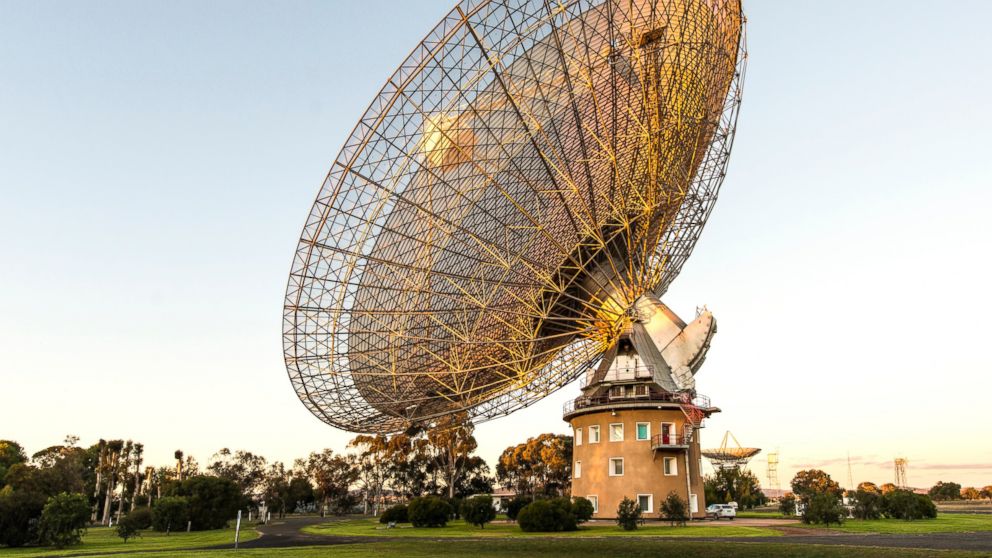How a Microwave Oven Stumped Astronomers for 17 Years
Microwave oven created mystery signals that interfered with a radio telescope.

— -- For 17 years, a team of astronomers were baffled by a common microwave oven.
When mysterious radio signals began interfering with Australia's Parkes radio telescope in 1998, it was believed they were coming from lightning strikes in the area.
The signals, called perytons, were believed to be coming from within three miles of the telescope, and were only detected a couple times per year.
It wasn't until this year when the team installed a receiver to measure the interference when they clocked a curious number that was a tell-tale sign of the culprit -- 2.4 GHz, the industry standard for microwave ovens and many other household appliances.
Testing of the Parkes facility, which includes several microwave ovens, at first did not detect any perytons, according to a paper published in the Monthly Notices of the Royal Astronomical Society discussing the issue.
Undeterred, the team later realized the microwave ovens were the culprits but only caused an interference "when the microwave oven producing the bursts has a direct line of sight to the focus cabin and receiver of the telescope," researchers wrote.
Another tell-tale sign: The bursts only happened during the day when on-site staff was present.
The Parkes radio telescope, nicknamed "the dish," has been operational since 1961.